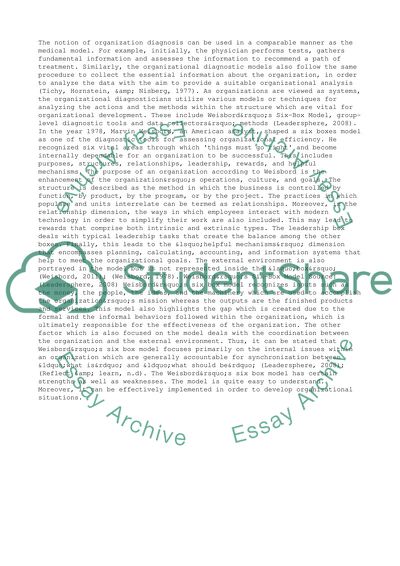Cite this document
(An Experiential Approach to Organization Development Term Paper, n.d.)
An Experiential Approach to Organization Development Term Paper. Retrieved from https://studentshare.org/management/1440324-diagnostic-model-technique-and-the-organisational
An Experiential Approach to Organization Development Term Paper. Retrieved from https://studentshare.org/management/1440324-diagnostic-model-technique-and-the-organisational
(An Experiential Approach to Organization Development Term Paper)
An Experiential Approach to Organization Development Term Paper. https://studentshare.org/management/1440324-diagnostic-model-technique-and-the-organisational.
An Experiential Approach to Organization Development Term Paper. https://studentshare.org/management/1440324-diagnostic-model-technique-and-the-organisational.
“An Experiential Approach to Organization Development Term Paper”, n.d. https://studentshare.org/management/1440324-diagnostic-model-technique-and-the-organisational.


